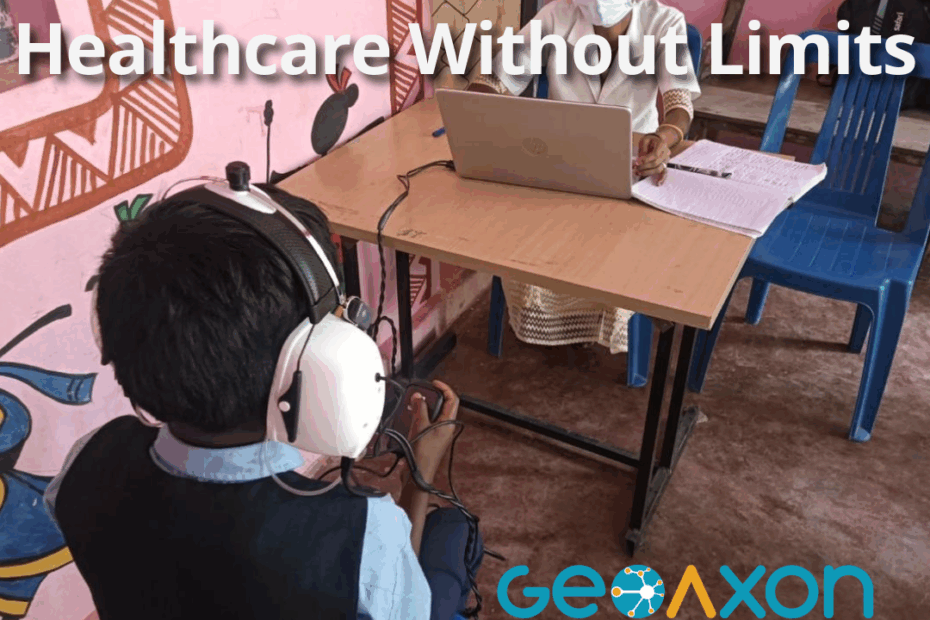Remote Telehealth Hearing Assessment in a Rural Community – A Validation Study
Abstract The global need for increased hearing health care currently far exceeds the capacity for delivering these services, especially in developing countries where the ratio of audiologists to the population is often less than one per every million. The imbalance is further compounded by the… Read More »Remote Telehealth Hearing Assessment in a Rural Community – A Validation Study
